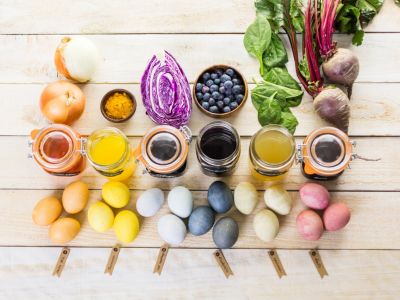In spite of this, many plant dyeing activities still exist for the home gardener and can be a fun family project as well. In fact, making dye with kids can be a great learning experience and a rewarding one at that.
Arts and Crafts Plant Dyeing Activities
Natural sources of dye come from many places including food, flowers, weeds, bark, moss, leaves, seeds, mushrooms, lichens and even minerals. Today, a select group of artisans are committed to preserving the art of making natural dyes from plants. Many use their talent to teach others of the importance and historical significance of the dyes. Natural dyes were used as war paint and to color skin and hair long before they were used to dye fiber.
Best Plants for Dyeing
Plant pigments create dyes. Some plants make excellent dyes, while others just don’t seem to have enough pigment. Indigo (blue dye) and madder (the only reliable red dye) are two of the most popular plants for producing dyes as they have a great amount of pigment. Yellow dye can be made from:
marigolds dandelion yarrow sunflowers
Orange dyes from plants can be made from:
carrot roots onion skin butternut seed husks
For natural plant dyes in shades of brown, look for:
hollyhock petals walnut husks fennel
Pink dye can be derived from:
camellias roses lavender
Purple colors can come from:
blueberries grapes coneflowers hibiscus
Making Dye with Kids
An excellent way to teach history and science is through the art of making natural dyes. Making dye with kids allows teachers/parents to incorporate important historical and scientific facts while allowing children to engage in a fun, hands-on activity. Plant dyeing activities are best if done in the art room or outdoors where there is space to spread out and easy surfaces to clean. For children in grades 2 through 4, crock-pot plant dyes are a fun and educational way to learn about natural dyes.
Materials Needed:
4 crock pots Beets Spinach Dry onion skins Black walnuts in shells Paint brushes Paper
Directions:
Talk to children the day before the lesson about the importance that natural plant dyes had in early America and touch on the science involved in natural dye making. Place beets, spinach, onion skins and black walnuts in separate crock pots and barely cover with water. Heat the crock pot on low overnight. In the morning, the crocks will have natural dye paint that you can pour into little bowls. Allow the children to create designs using the natural paint.
